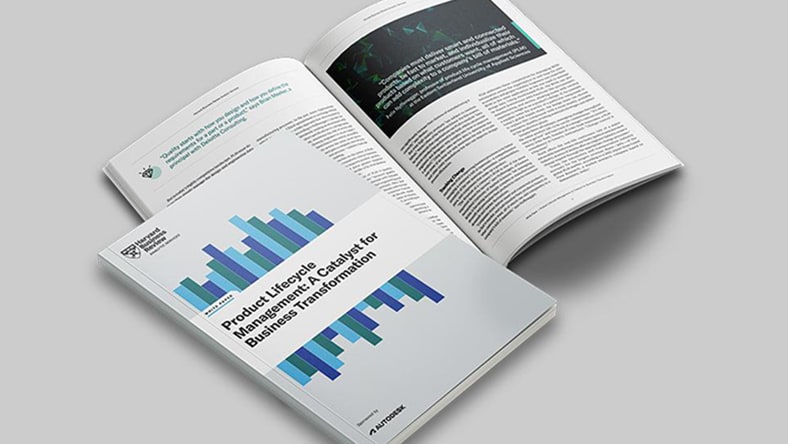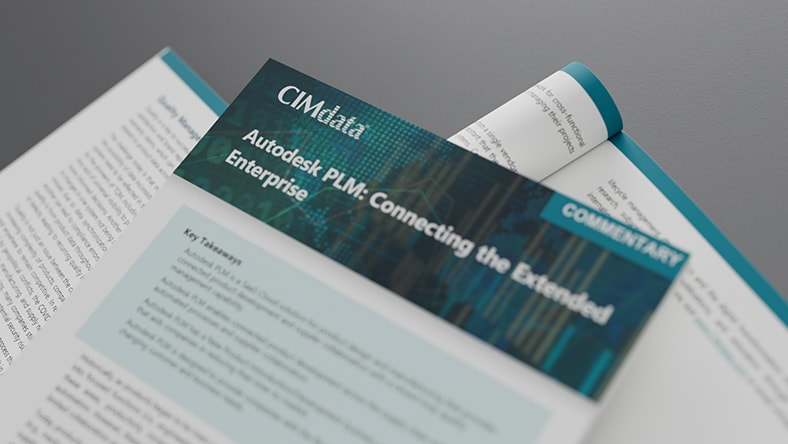-
Back
Product lifecycle management for supplier collaboration provides a system where product-related data is centralized and accessible in real-time. This includes design details, specifications, changes, and timelines, which suppliers can access to stay informed and aligned. The ability to share instant updates and notifications helps prevent miscommunications and delays. It reduces errors and rework and helps keep workflows efficient and synchronized so product development teams and suppliers are working with the most up to date information. PLM also supports automated processes, like notifications for changes, ensuring all parties are promptly informed. By centralizing product information and collaborative workflows, PLM can significantly enhance supplier collaboration and supply chain communication.







